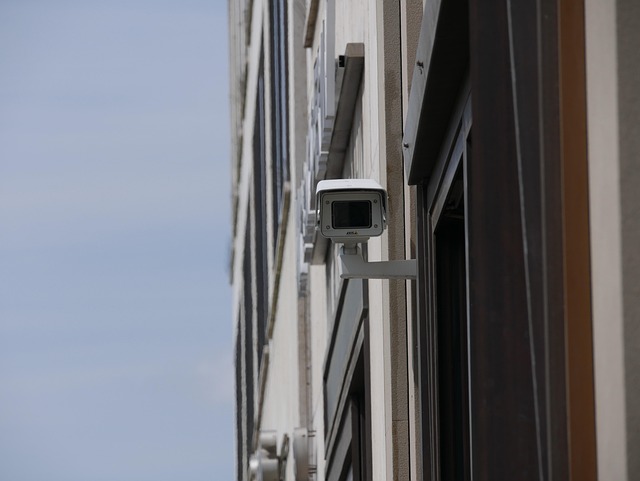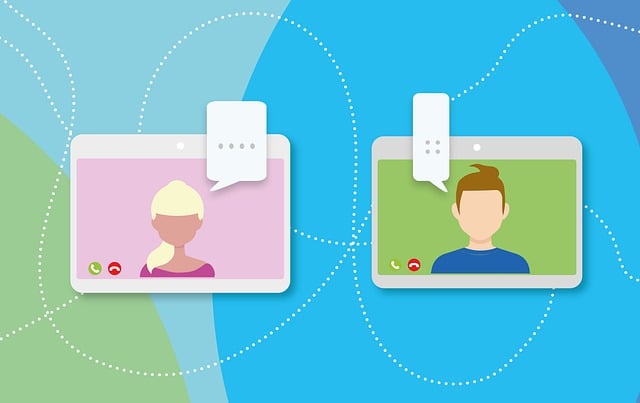Troubleshoot video playback issues with compatible formats like MP4, AVI, and MOV. Update media players for better compatibility with modern videos. Adjust video settings for improved resolution and bitrate. Ensure stable internet connections for seamless streaming. Verify antivirus software settings to avoid interference. Update or reinstall video playback drivers for optimal performance.
Struggling with video playback issues? You’re not alone. From buffering problems to format incompatibilities, watching videos can become a frustrating task. This guide tackles six common culprits head-on. Learn how to ensure your video files are compatible, update essential software like media players, adjust video settings for optimal quality, troubleshoot internet connection hiccups, and more. Additionally, we’ll explore the impact of antivirus settings and provide solutions for reinstalling or updating video playback drivers. Get back to enjoying seamless video experiences!
- Check Video File Compatibility
- Update Your Media Player
- Adjust Video Settings for Quality
- Troubleshoot Internet Connection Issues
- Verify Antivirus Software Settings
- Reinstall or Update Video Playback Drivers
Check Video File Compatibility

When dealing with common video playback issues, one fundamental step often overlooked is ensuring your video file compatibility. Not all video formats are supported by every device or software player. The most commonly used and widely compatible formats include MP4, AVI, and MOV. If you’re experiencing playback problems, check that the video file isn’t in an obscure or less-supported format.
For enhanced presentations or even a beginner’s introduction to video editing software, using video can significantly improve engagement. Video analysis methods have also evolved, allowing for more sophisticated editing and effects. However, if you’re encountering issues while trying to play back a video, consider converting it to a universally accepted format using simple online tools or dedicated conversion software. If all else fails, give us a call at Video Production Techniques for expert advice tailored to your specific situation.
Update Your Media Player

If you’re facing issues while playing back videos, one simple yet often overlooked solution is updating your media player. Modern video formats are diverse and complex, demanding the latest decoding technologies to ensure smooth playback. By keeping your media player up-to-date, you can gain access to enhanced features, improved stability, and better compatibility with various video production techniques used today.
Many older media players might struggle with newer high-definition or 4K videos, causing buffering or distorted visuals. Updating to a more recent version often includes bug fixes and performance improvements, addressing common playback problems. Moreover, keeping your software updated is essential for any digital content creator or viewer who frequently accesses video resources online. If you’re a beginner in video editing software, give us a call at beginner’s guide to video editing software, as we can offer tailored advice on choosing the right player for your needs.
Adjust Video Settings for Quality

When encountering common video playback issues, adjusting your video settings can significantly improve quality. Start by checking your video resolution; opting for a higher setting, like 1080p or 4K, can enhance clarity and detail, especially on larger screens. Additionally, adjust your bitrate; a higher bitrate ensures smoother playback but increases file size, so find the right balance tailored to your needs.
For a beginner’s guide to video editing software, understanding these settings is crucial. Moreover, exploring comparing video formats and standards, like MP4 or AVI, can help you choose the optimal format for seamless playback across devices. If you’re aiming to create engaging video content, these adjustments will contribute to a more captivating viewing experience. Visit us at comparing video formats and standards anytime for in-depth insights.
Troubleshoot Internet Connection Issues

When troubleshooting common video playback problems, one of the most frequent issues encountered is an unstable or weak internet connection. Before assuming that the problem lies with the video itself, ensure your device is connected to a reliable network. Slow internet speeds or frequent interruptions can significantly impact streaming quality and make videos buffer or pause abruptly.
To resolve these issues, try restarting both your device and router, ensuring all devices connected to your network are up-to-date with the latest software patches, and moving closer to your router for better signal strength. If you’re engaging in effective video communication or exploring video editing tips for beginners (or even advanced techniques relevant to video production for remote teams), a stable connection is crucial. Visit us at digital storytelling with video anytime to learn more about optimising your online video experiences.
Verify Antivirus Software Settings

Before diving into complex video playback troubleshooting, it’s essential to verify your antivirus software settings. Antivirus programs are designed to protect your device from malware, but they can sometimes interfere with legitimate applications, including video players. Ensure that your antivirus is configured not to block or restrict access to video files and associated applications. Adjusting these settings might resolve issues related to video playback, allowing you to enjoy seamless viewing experiences without interruptions.
For content creators focusing on video content creation for e-learning, smooth video playback is crucial. Video collaboration tools for students also rely on optimal performance, ensuring effective communication and knowledge exchange. By regularly reviewing and updating antivirus software settings, users can enhance the overall video experience, facilitating better engagement and understanding through advanced video analytics. Moreover, if you’re utilizing video-based assessments and evaluations, uninterrupted playback is essential for fair and accurate results.
Reinstall or Update Video Playback Drivers

Having issues with your video playback? One common fix that often goes overlooked is updating or reinstalling video playback drivers. These drivers act as the bridge between your operating system and video hardware, ensuring smooth video analysis methods and a seamless viewing experience. If they’re outdated or corrupted, you might encounter problems like choppy playback, audio synchronisation issues, or even failure to play certain video formats.
Updating them can be as simple as visiting us at Video in Science Communication anytime, where we provide regular updates and patches for the most common drivers. Reinstalling can resolve any driver-related conflicts or damage, revitalizing your video marketing strategies. Whether you’re accessing video resources online or offline, ensuring these drivers are up-to-date is a crucial step in troubleshooting common playback problems.
Whether you’re experiencing buffering, stuttering, or format incompatibility, these troubleshooting steps can help resolve common video playback problems. By checking your video file compatibility, updating your media player, adjusting settings for optimal quality, ensuring a stable internet connection, verifying antivirus software settings, and reinstalling/updating video playback drivers, you’ll be able to enjoy videos smoothly on your device. Remember, a simple check of these areas can go a long way in enhancing your video viewing experience.








Leave a Reply